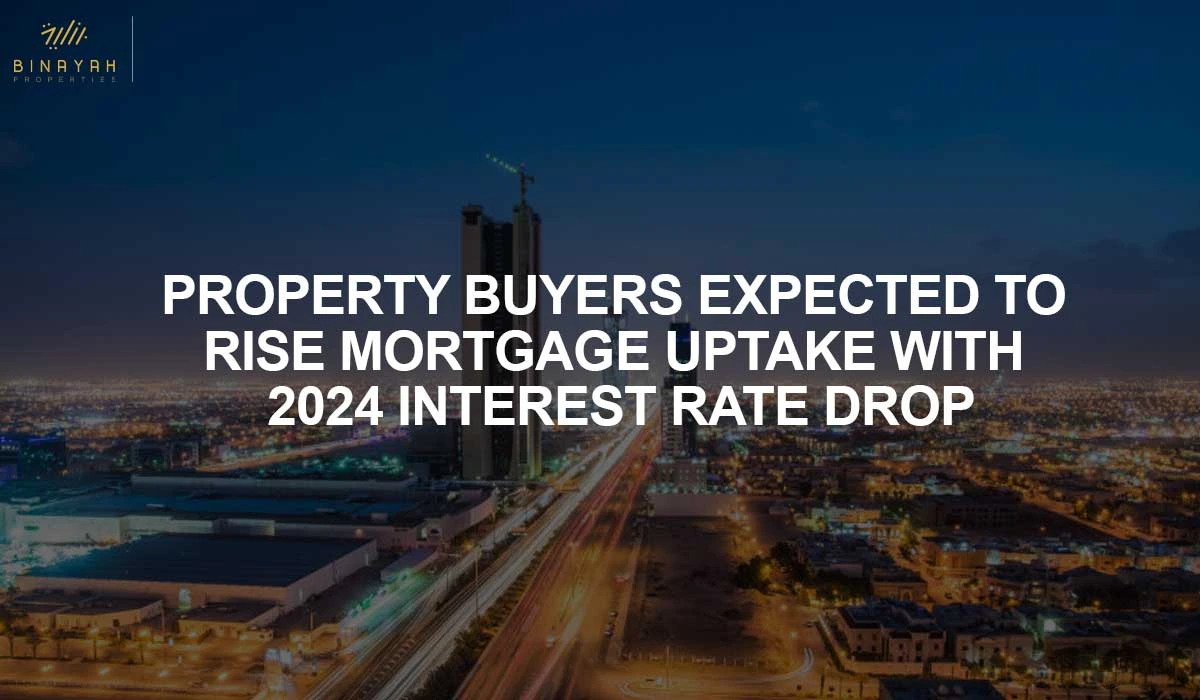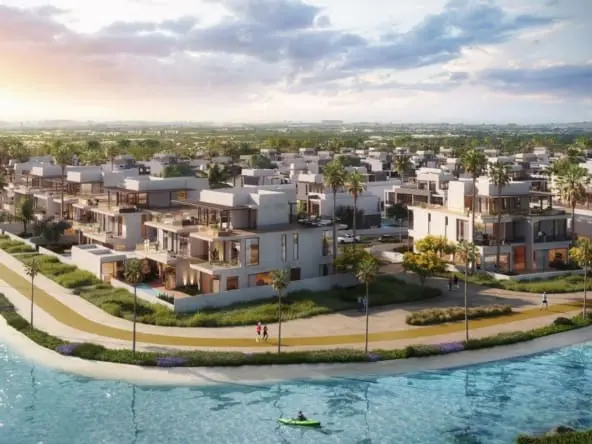After 11 Rate Hikes, The Consensus Among Most Bankers And Economists Is That The Fed Will Likely Decrease Rates By 25 To 100 Basis Points In 2024.
In 2024, a surge in mortgage preference is anticipated among property buyers in the UAE, particularly end-users, as interest rates are poised to decrease by up to 100 basis points. Analysts emphasize the significant influence of mortgage rate changes on buyers’ strategies in the UAE real estate market. With ongoing rental increases, the shift from renting to property ownership is expected to be a viable option for many UAE residents in 2024. According to ValuStrat, cash transactions dominated Dubai’s real estate market in the third quarter of 2023, with 8,238 mortgage transactions compared to 16,485 cash deals (excluding off-plan transactions).
The Abu Dhabi property market presents a distinct picture, with mortgage transactions playing a more substantial role. During the corresponding quarter, Abu Dhabi documented 1,247 mortgage transactions, surpassing 890 cash transactions (excluding off-plan transactions).
Most bankers and economists anticipate a 25 to 100 basis points reduction in rates by the US Federal Reserve in 2024, following 11 rate hikes. As the dirham is pegged to the dollar, the UAE aligns its monetary policy with the Fed.
Significant Influence
Ayman Youssef, Coldwell Banker’s managing director, emphasized that lower rates boost demand and drive increased home sales, while higher rates may reduce affordability and potentially slow down the market.
He noted, “The impact of higher interest rates in Dubai, however, was limited, given that nearly half of the market transactions involve off-plan sales, where investors commonly leverage payment plans provided by developers.”
Svetlana Vasilieva, Metropolitan Homes’ sales director for the secondary market, recognizes the substantial impact of mortgage rate changes on property purchases in the UAE, especially for those intending to move in.
A projected 1% decline in mortgage rates is anticipated to markedly expand the pool of potential homeowners in the UAE. This enhanced affordability is set to attract end-users who may have found the market less accessible previously. Simultaneously, this reduction provides an opportunity for investors to secure low-cost borrowing for short-term ventures in other potentially high-yield options, stated Vasilieva.
Rachit Pant, CEO of Hedge & Sachs, concurred with his peers, emphasizing the considerable impact of mortgage rates on the dynamics of property acquisition, influencing both affordability and demand.
“Higher mortgage rates directly correlate with increased monthly payments, leading to a decline in property affordability. This frequently compels buyers to explore smaller or less desirable locations. Moreover, a surge in rates reduces the maximum loan amount that buyers qualify for, creating an exclusionary impact that can impede certain buyers, especially those with lower incomes or smaller down payments,” he explained.
Abu Dhabi Emerges as Primary Beneficiary in Real Estate Market
ValuStrat analysts predict that the expected decline in mortgage rates in 2024 could lead to a surge in buyers opting for mortgages rather than cash transactions. This shift is particularly noteworthy as it might encourage renters to explore homeownership, considering the prevailing trend of rapidly rising rents in comparison to capital values in Dubai. However, Dubai’s real estate landscape remains predominantly characterized by cash transactions. While the volume of mortgage transactions is anticipated to increase, a substantial change in the cash-to-mortgage transaction ratio is deemed unlikely.
ValuStrat analysts suggest that interest rates may exert a more significant influence on property transactions in Abu Dhabi compared to the prevalent cash-driven trend in Dubai. Renters and end-users are poised to be the primary beneficiaries of this potential shift.
ValuStrat analysts anticipate that a decrease in interest rates in the coming year could prompt individuals currently renting to consider transitioning to homeownership. This trend aligns with the ongoing pattern of rents rising more rapidly than capital values, potentially making mortgage options more attractive, particularly for properties in the lower and mid-price ranges.
According to Svetlana Vasilieva, the majority of buyers capitalizing on the decline in mortgages will likely be end-users seeking ready-to-move-in properties within the price range of Dh1 million to Dh2.5 million.
She highlights that end-users are acquiring properties that are either nearly ready for handover or ready for immediate occupancy.
Ayman Youssef observed that reduced interest rates create a more advantageous situation for end-users considering homeownership instead of renting.
“Furthermore, for investors, the returns become more enticing, providing the opportunity for positive leverage. Investors may potentially cover monthly EMI installments through rental income, enhancing the overall appeal of real estate investment and improving overall returns,” he explained.
Youssef anticipates heightened activity among first-time home buyers with a budget of up to Dh3 million. He also expects an uptick in bulk financing for buildings owned by single individuals.
Emerging Trends in the Mortgage Market:
1. Tech-Driven Advancements in Application Processes:
Streamlined online platforms have transformed mortgage applications, making them faster and more convenient, with reduced paperwork.
2. PropTech and AI-Powered Solutions:
Technology, including property valuation bots and virtual reality tours, is influencing mortgage decisions by changing how buyers search for homes.
3. Blockchain Integration:
The exploration of blockchain for secure and transparent mortgage transactions is gaining traction, promising enhanced security and efficiency.
4. Sharia-Compliant Mortgages:
Meeting the needs of the large Muslim population, Sharia-compliant mortgages adhere to Islamic finance principles, providing ethical alternatives to conventional loans.
5. First-Time Buyer Initiatives:
Programs are emerging to facilitate the entry of young professionals into the property market, featuring lower down payments and flexible repayment options.
6. Sustainable Property Financing:
The introduction of green mortgages and eco-friendly loan options encourages investment in energy-efficient homes and sustainable development.
7. Diversification of Lenders and Products:
Non-traditional lenders, particularly FinTech companies, are challenging established banks by offering competitive rates and innovative products.
8. Peer-to-Peer Lending Platforms:
Platforms connecting borrowers directly with investors are gaining popularity, potentially opening new avenues for financing.
9. Focus on Flexible Repayment Options:
Adjustable-rate mortgages and longer loan terms are becoming more common, providing borrowers with greater flexibility in managing their finances.
10. Relaxed Visa Regulations:
Streamlined visa processes and residency permits for investors are attracting foreign investment, particularly in the real estate sector, boosting market activity.
11. Real Estate Investment Trusts (REITs):
The introduction of REITs is expected to enhance liquidity and transparency in the property market, potentially making it more accessible to retail investors.
12. Affordable Housing Focus:
Government programs and initiatives aimed at providing affordable housing options for low and middle-income earners are shaping the market landscape.







